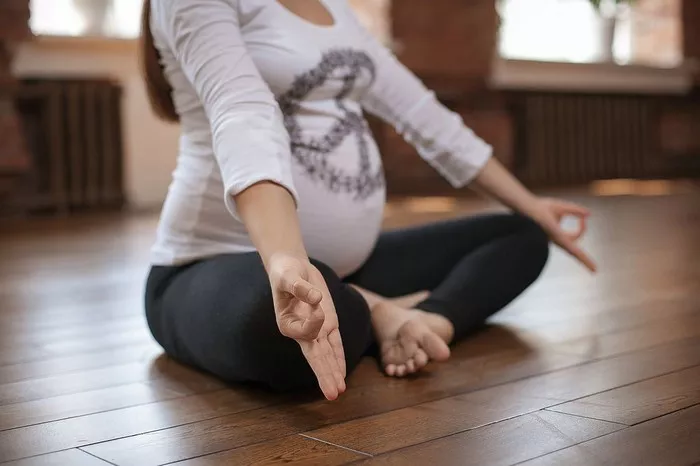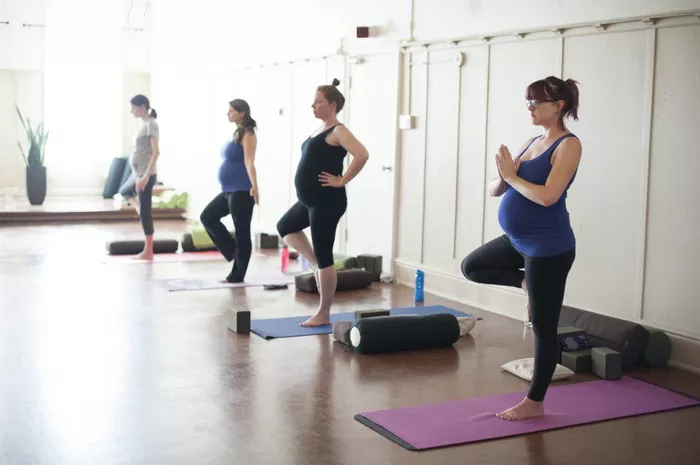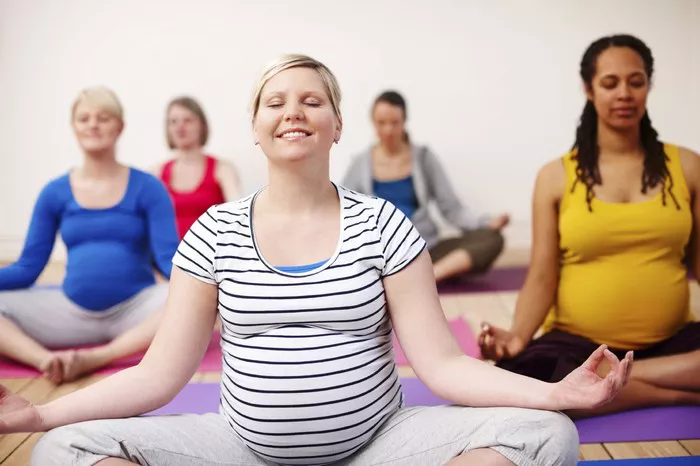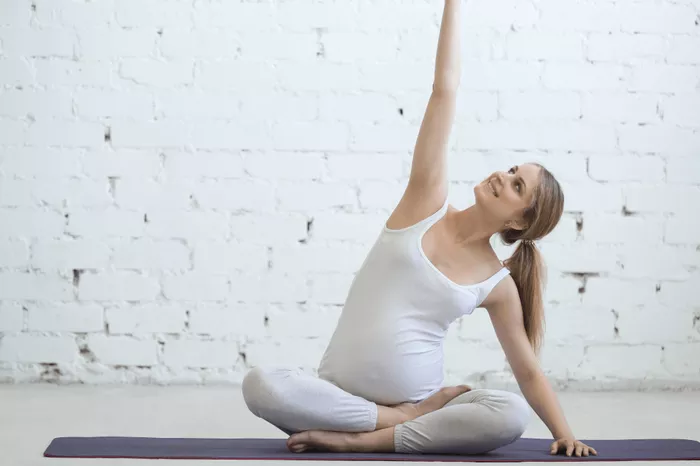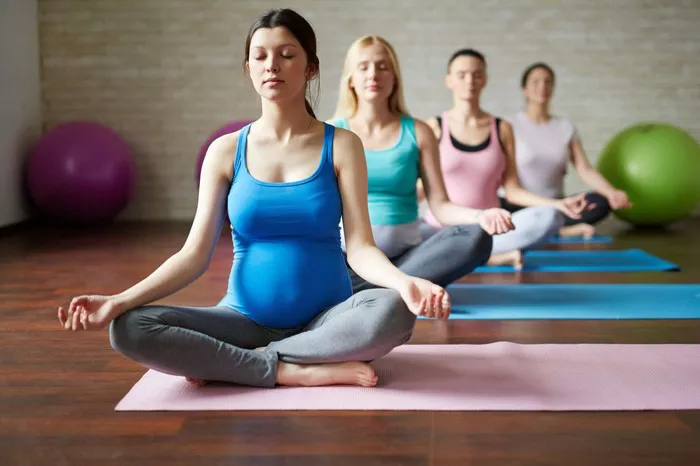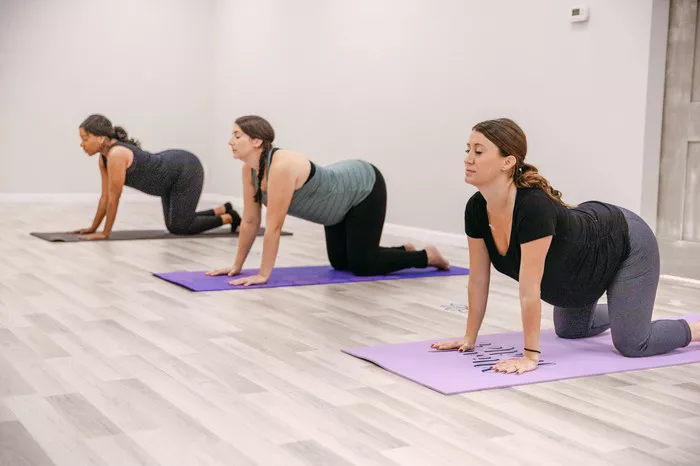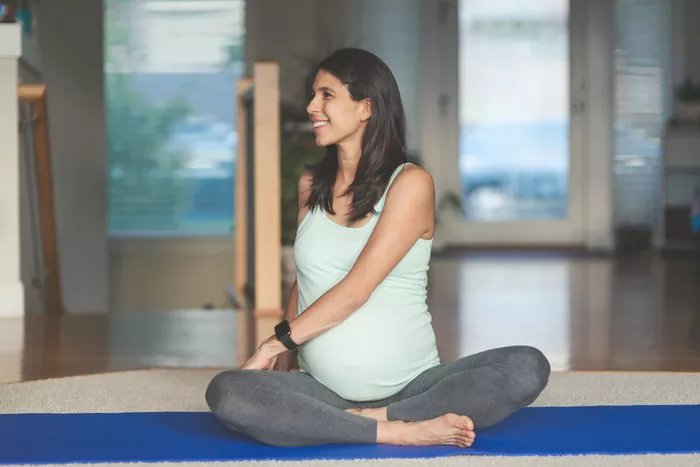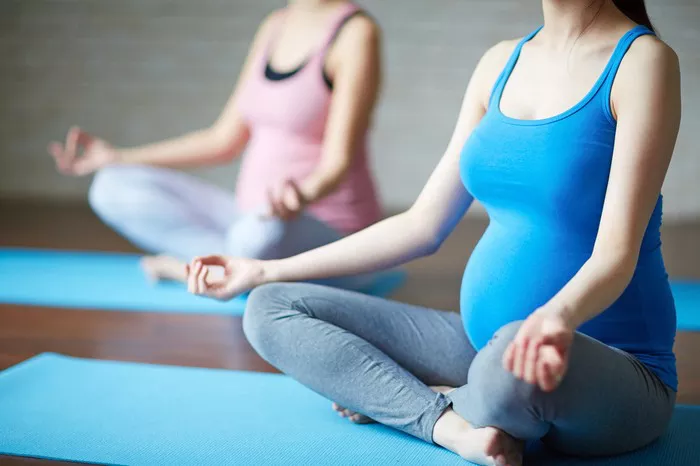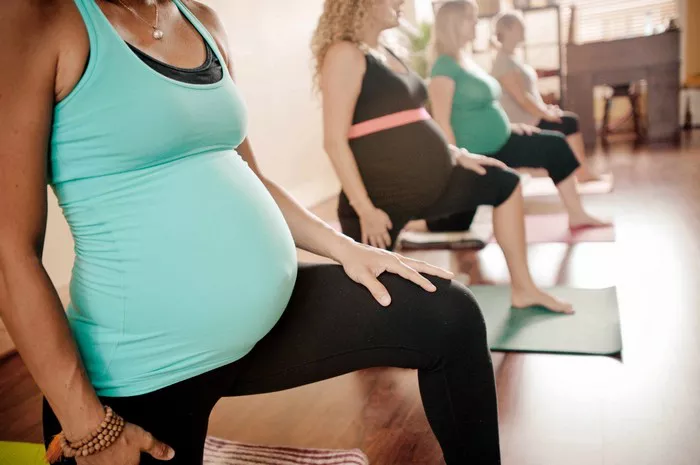Aerial yoga, also known as anti-gravity yoga or hammock yoga, is a unique and increasingly popular form of yoga practice that combines traditional yoga poses, pilates, and dance with the use of a fabric hammock suspended from the ceiling. This form of yoga has garnered significant attention due to its ability to provide support for inversions and challenging postures, reduce pressure on the joints, and provide a full-body workout in a fun and engaging way.
When practicing aerial yoga, one of the most common questions that arises is whether or not it’s appropriate to practice barefoot. This seemingly simple question often requires a deeper exploration of factors such as comfort, safety, hygiene, and practicality. In this article, we’ll break down the considerations involved in barefoot aerial yoga, examine the benefits and potential drawbacks, and provide practical advice to ensure your aerial yoga practice is both safe and enjoyable.
What is Aerial Yoga?
Before diving into the specifics of practicing barefoot, it’s essential to first understand what aerial yoga entails. Aerial yoga utilizes a hammock (often referred to as a sling or a yoga trapeze) that is anchored to the ceiling. The hammock serves as a prop that supports your body during postures, allowing for deeper stretches, better alignment, and increased mobility. The hammock can also be used to perform aerial inversions, where the body is flipped upside down to promote spinal decompression and improve circulation.
Aerial yoga classes typically involve a combination of standing poses, seated stretches, inversions, and strength-building exercises. The hammock provides support in these poses, making it an ideal choice for practitioners who want to challenge themselves or reduce the impact on their joints and muscles during traditional yoga.
The Role of Barefoot Practice in Traditional Yoga
In traditional yoga, it is almost universally recommended to practice barefoot. This is because yoga emphasizes the connection between the practitioner and the earth. Going barefoot allows for better grip and stability during postures, while also enhancing proprioception, or the awareness of one’s body in space. Additionally, being barefoot during yoga practice allows for proper alignment of the feet and ankles and facilitates the natural movement of the body.
Barefoot yoga also offers hygiene benefits, as practitioners are able to feel the mat more directly, avoiding slipping, and maintaining a strong connection with the mat or floor. This is especially important in postures that require balance, strength, or alignment.
In many traditional yoga practices, instructors may even encourage students to maintain a barefoot practice to encourage mindfulness and grounding. This same philosophy is often extended to aerial yoga, though there are additional considerations to be aware of.
Considerations for Aerial Yoga and Barefoot Practice
While the benefits of practicing yoga barefoot are well understood, aerial yoga requires additional considerations due to the unique nature of the practice. Let’s take a look at some important factors to consider when deciding whether or not to practice barefoot during aerial yoga.
1. Grip and Safety
One of the primary concerns when practicing aerial yoga barefoot is the issue of grip. The hammock fabric is typically made from smooth material, such as silk or nylon, and can sometimes feel slippery when barefoot. This lack of traction can make certain poses, particularly those involving inversions or dynamic movements, more difficult to perform.
When you’re barefoot, your feet may have a tendency to slide or slip, especially if your skin becomes sweaty. In more intense poses, the last thing you want is to lose your grip on the hammock or the floor. Without proper grip, you might not only risk injury but also find it difficult to fully engage in the postures.
2. Hygiene and Comfort
Another concern when practicing barefoot is hygiene. Since aerial yoga requires the use of a shared hammock, the feet come into direct contact with the fabric. This means that any dirt, oils, or sweat from your feet can be transferred to the hammock, which may not be hygienic for other participants in a group class.
Additionally, some practitioners may feel discomfort from direct contact with the fabric of the hammock, especially if their feet are sensitive or the fabric is rough against the skin. This discomfort could detract from the overall experience and may even affect the effectiveness of the practice.
3. Ankle and Foot Support
In traditional yoga, practitioners are barefoot to ensure proper alignment and to encourage the natural movement of the feet and ankles. However, in aerial yoga, the dynamic nature of the poses may place additional stress on the ankles and feet, particularly during inversion poses or when using the hammock for support.
Some practitioners may find that their feet require additional support or cushioning, especially in more challenging postures. Without proper support or protection, there is a higher risk of strain or injury in the feet, ankles, or lower legs.
4. Alternative Footwear Options
In light of the concerns mentioned above, many aerial yoga practitioners opt for specialized footwear designed to address the unique challenges of aerial practice. These footwear options typically have non-slip soles to enhance grip, are lightweight, and provide support for the feet and ankles.
For instance, many aerial yoga practitioners wear “barefoot shoes” or footless socks that offer the feeling of being barefoot while providing additional traction and protection. These shoes are often made from stretchy, breathable material and have rubber soles that provide extra grip without sacrificing the natural feel of being barefoot.
Footless socks or dance socks are another option that some practitioners prefer. These socks are designed to keep the feet covered while still allowing for maximum flexibility and freedom of movement. The socks typically have anti-slip soles to provide traction and prevent sliding during dynamic movements.
5. Skin Care and Preventing Injury
In aerial yoga, the hammock fabric comes into direct contact with various parts of the body. Without proper protection, the friction created by the fabric may cause irritation or chafing on sensitive skin areas, including the feet, ankles, and inner thighs. For this reason, some practitioners may choose to wear socks or foot coverings to reduce the risk of skin discomfort and to maintain the integrity of the hammock fabric.
Additionally, covering the feet may offer an added layer of protection against minor abrasions or cuts that could occur during practice. If you are concerned about the risk of injury, wearing some form of foot protection may be a good option, particularly in the early stages of learning aerial yoga.
Benefits of Practicing Barefoot in Aerial Yoga
Despite the challenges, practicing barefoot in aerial yoga can still offer a number of benefits. Let’s explore these in more detail.
1. Enhanced Sensory Awareness
Practicing barefoot allows you to better engage your sensory awareness, especially in terms of the feet and toes. Since the hammock acts as an external prop to support your body, the lack of footwear may allow you to better connect with the material of the hammock and feel its texture. This heightened sensory awareness may help you develop a deeper sense of balance and proprioception, which is essential in aerial yoga.
2. Greater Mobility and Flexibility
By practicing barefoot, you allow your feet to move freely without the restriction of shoes or socks. This can help improve mobility and flexibility in the ankles and toes. In aerial yoga, where inversions and stretches are common, having unrestricted movement in the feet may allow for a more fluid practice and better engagement in the postures.
3. Improved Alignment
When practicing barefoot, you are encouraged to engage the muscles of the feet and lower legs in a natural and aligned way. This can help maintain proper posture and alignment during aerial poses, which is essential for reducing strain on the body and preventing injury.
4. Enhanced Connection to the Earth
Just like traditional yoga, aerial yoga places emphasis on creating a mind-body connection. Practicing barefoot enhances this connection, especially when you are actively engaged with the ground or the hammock. Whether you’re standing on the floor or supported by the fabric, being barefoot can reinforce the grounding effect that yoga aims to promote.
Final Thoughts
The answer to whether you should practice aerial yoga barefoot depends on several factors, including your personal comfort, safety, and the conditions of the class. While barefoot practice offers several benefits, such as improved sensory awareness and better alignment, there are also practical concerns, such as grip, hygiene, and potential discomfort.
If you are new to aerial yoga, it’s a good idea to start barefoot to gauge how your feet feel against the fabric. However, if you find that slipping is an issue or if you’re concerned about hygiene, consider investing in specialized aerial yoga footwear, such as non-slip socks or barefoot shoes, to provide the added support and grip you may need.
Ultimately, the most important thing is to ensure that your practice is comfortable, safe, and aligned with your personal preferences. Whether you choose to go barefoot or opt for footwear, the goal is to enjoy the benefits of aerial yoga while minimizing the risk of injury and enhancing your practice experience.
If you’re still unsure about whether barefoot practice is right for you, consider speaking with your aerial yoga instructor for guidance. They can offer advice tailored to your specific needs and help you determine the best approach for your body and practice style.
In conclusion, while barefoot aerial yoga is certainly an option for many practitioners, it’s important to listen to your body, consider your personal comfort, and take precautions to ensure a safe and enjoyable practice. Whether you go barefoot or choose specialized footwear, the focus should always be on maintaining proper alignment, enhancing your connection with the hammock, and enjoying the journey of your aerial yoga practice.
Related Topics:

